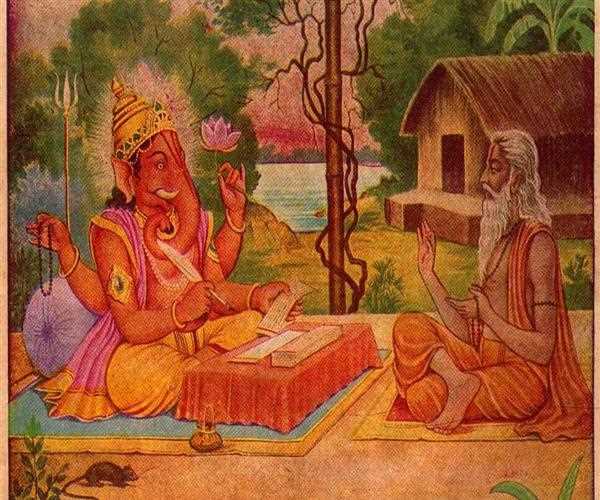The Vedas, ancient Hindu scriptures dating back thousands of years, are regarded as the oldest religious texts in the world. Preserving and studying the Vedas throughout history has posed numerous challenges due to their oral transmission, complex language, and changing social and political landscapes. Here are some key challenges and methods involved in preserving and studying the Vedas:

Oral Tradition: The Vedas were initially transmitted orally from one generation to another. This oral tradition posed challenges in terms of accurately preserving the texts over time. Errors or variations in pronunciation and recitation could occur, potentially leading to changes in the original content. To mitigate this challenge, ancient Indian scholars developed meticulous mnemonic techniques to ensure accurate memorization and transmission of the Vedas.
Language Complexity: The Vedas are written in archaic Sanskrit, a complex language with intricate grammar, syntax, and vocabulary. Understanding and interpreting the Vedas requires expertise in Sanskrit and knowledge of Vedic rituals, symbolism, and philosophical concepts. Scholars and experts dedicated significant effort to study and deciphering the language, enabling a deeper understanding of the Vedic texts.
Lack of Written Texts: Initially, the Vedas were not written down but passed down orally. This absence of written texts posed challenges in preserving the original content. Memorization and oral transmission were critical for the preservation of the Vedas. However, the risk of losing or altering the texts increased as they were transmitted through generations. Later, the texts were written down to ensure their preservation and wider dissemination.
Manuscript Preservation: Over time, the Vedas were written on perishable materials such as palm leaves, birch bark, and other organic substances. These materials are prone to decay, damage, and loss. Preserving and protecting ancient manuscripts became a significant challenge. Various methods were employed to preserve the manuscripts, including storing them in specially designed containers, treating them with preservatives, and copying them onto more durable materials.
Interpretation and Commentary: The Vedas contain complex and metaphorical language, making interpretation a challenging task. Different schools of thought and philosophical traditions emerged, leading to diverse interpretations and commentaries on the Vedas. Scholars engaged in extensive analysis, debate, and discussion to understand the meaning and significance of Vedic hymns, rituals, and philosophical concepts.
Historical and Cultural Changes: The preservation and study of the Vedas were influenced by historical and cultural changes in Indian society. Various invasions, political upheavals, and social transformations disrupted the transmission and study of the Vedas at different times. Scholars and custodians of the Vedic tradition faced challenges in safeguarding the texts and maintaining continuity in Vedic practices and rituals.
Methods employed in preserving and studying the Vedas include:
Oral Tradition: Despite the challenges, the oral tradition played a crucial role in preserving the Vedas. Rigorous memorization techniques, recitation patterns, and oral transmission from gurus (teachers) to shishyas (disciples) ensured the preservation of the texts for centuries.
Manuscript Preservation: Efforts were made to transcribe the Vedas onto more durable materials and preserve ancient manuscripts. Specialized libraries, scriptoriums, and centers were established to store and protect Vedic manuscripts. Additionally, scholars and institutions engaged in digitization projects to create digital copies of manuscripts for wider accessibility and preservation.
Philological Studies: Scholars conducted philological studies to decipher and understand the language and grammar of the Vedas. Comparative linguistics, etymology, and textual analysis were employed to unravel the meaning of Vedic words, phrases, and grammatical structures.